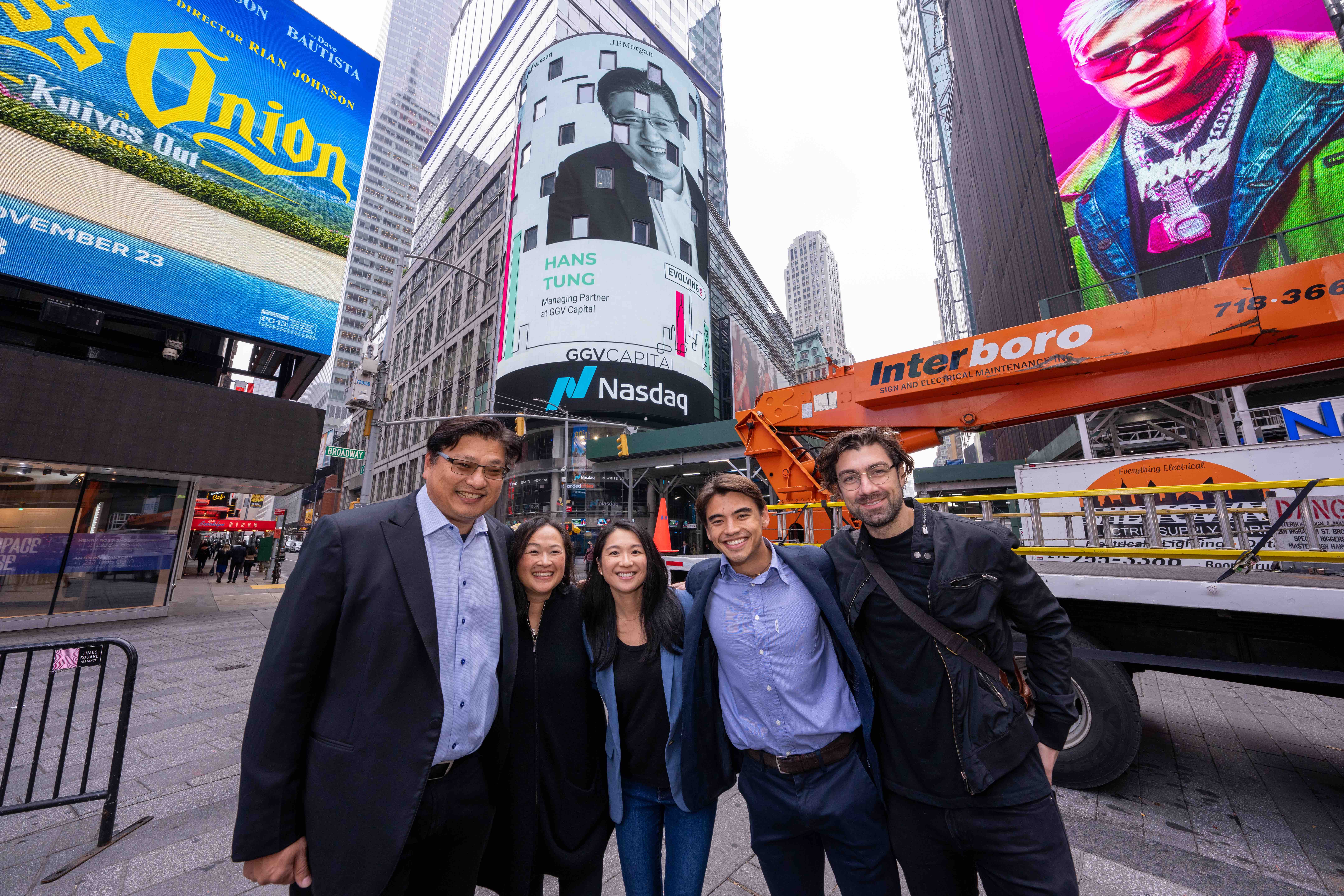0 Results for ""
Big Ideas: Embedded Fintech

In 2023, we predict that fintech companies will strive to become a financial operating system (OS) for the customers they serve. Becoming a financial OS entails leveraging embedded fintech (or building in-house) to provide a variety of financial services including checking, lending, payments, business intelligence, financial software, and more all within the same platform.
As investors in this space since 2011, we’ve seen that the most successful fintechs typically build a killer in-house core product and then embed more features and products to best serve the customer. Nowadays, fintechs can partner with other companies creating these specialized fintech solutions, which makes it much easier—and faster—to deliver more complete products without having to build on their own.
Whether achieved by building in-house products or through win-win partnerships, this trend allows fintechs to account for a greater share of the customer wallet, increase customer stickiness, and eventually expand gross margins to set the stage for a blockbuster IPO.
In this new market environment, public investors are demanding that IPO candidates demonstrate revenue predictability, sustainable growth, and path to profitability. Investors are placing a premium on “SaaS-like” business models, evidenced by the higher price/sales multiples for fintech software platforms relative to transaction-dependent fintech models.

Platforms should first strive to become an operating system (OS) of the customers they serve, and then layer on SaaS fees to expand gross margin. Embedding financial services such as lending, checking, and payments enables platforms to increase customer stickiness by accounting for a greater share of wallet and financial activity. Once platforms have proven their role as an OS, they may layer on recurring software fees to expand margins and increase revenue predictability.
We see this playbook evidenced both outside and within our portfolio:
- Amazon: Started as a pure e-commerce marketplace, Amazon now offers a variety of fintech “merchant services” including payments (Amazon Pay), lending (Amazon Lending/Merchant Cash Advance), checking (Amazon Seller), and even logistics (Fulfillment by Amazon).
Shopify: Offering something similar to Amazon, the main product was e-commerce software and now has diversified into offering payments (Shopify Payments), BNPL (powered by Affirm*), lending (Shopify Capital), and checking (Shopify Balance). - Novo*: Its primary product is a checking account and business debit card, with a vision to become a central OS for SMBs in the U.S. by offering loans and ecosystem integrations.
- Clara*: Its main product is a corporate credit card, with a vision to become the financial OS for the CFO at mid-market and enterprise businesses across Latin America.
The latest public tech platforms (Square*, Shopify, and DoorDash) have centered their fintech expansion efforts around embedded lending to increase customer stickiness: Square offers Square Capital, Shopify offers Shopify Capital, and DoorDash offers DoorDash Capital (powered by Parafin). As the Fed raises interest rates and induces an economic slowdown to tame inflation in the U.S., default rates are likely to increase, affecting lending businesses more acutely. As a result, we advise our fintech portfolio to not only offer lending services, but also to find ways of layering recurring revenue fees such as subscriptions for business intelligence, budgeting, or financial forecasting software.
We’ve seen the best Series A through C fintech companies achieve some of the following metrics:
- High NPS score: At the end of the day, fintechs need to provide products and services that are valued by the enterprises, SMBs, and consumers they address. Businesses need to create value to extract value. Above 60 is an impressive target for NPS score.
- Fast, but sustainable, growth: At Series A, we’ve backed companies that have reached $3M-$10M revenue run-rate with >100% YoY top line growth while keeping burn multiple below 3x.
- Strong user retention and revenue expansion rates: For businesses addressing consumers, the top quartile demonstrates >65% active account retention and >100% spend expansion. For businesses addressing SMBs, the top quartile demonstrates >65% active account retention and >100% spend expansion. For businesses addressing SMBs, the top quartile demonstrates >90% customer retention and >125% revenue expansion. For businesses addressing enterprises, the top quartile demonstrates 100% user retention and >150% revenue expansion.
Note: Notable Capital doesn’t have defined metrics cut-offs as every business is different.
While public fintech valuations have more than halved this past year, it’s important to not lose sight of the massive market opportunity for fintech innovation in the decade to come:
- The total market cap of public financial services is $14 trillion, and fintech disruptors only account for $650 billion (or ~5%) of this total value.
- The total revenue generated by public financial services is $7 trillion, and fintech disruptors only account for $150 billion (or ~2%) of this total amount.
With so much more digitalization on the horizon (especially in developing markets), we expect that fintech will continue to penetrate financial services market share and even define new markets. In other words, we’re still in the early innings of global financial service digitalization with many more large fintechs yet to be built.
In 2022, fintech valuations have normalized to pre-2014 averages of 4-5x Price/LTM sales, setting the stage for company building and efficient growth undistracted by high-flying valuations and repeat fundraising.

2023 will be a year where fintechs invest in product development and partnerships over high-burn hypergrowth, transitioning their offerings from point solutions into all-in-one platforms that keep customers within the same ecosystem. On the other side will emerge more solid fintechs with diversified revenue streams, higher margins, and loyal customers to set the stage for blockbuster IPOs two to three years from now.
*Represents a company in Notable Capital's portfolio




.png)
